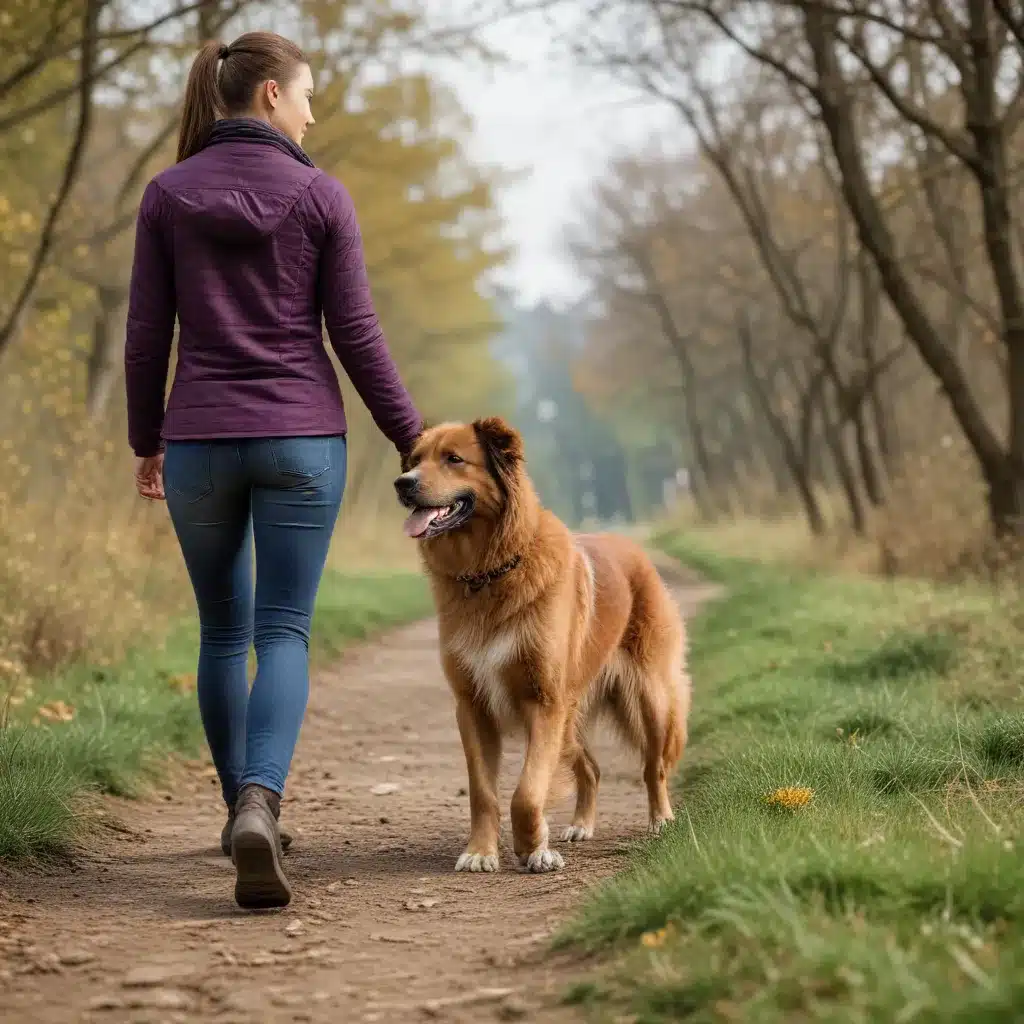
Avian Behavior and Socialization
As an experienced avian caretaker, I understand the importance of fostering a well-rounded relationship with our feathered companions. Avian behavior is complex, with intricate flock dynamics and communication methods that we must learn to navigate. At the heart of this is the crucial role that positive reinforcement training can play in enriching the lives of our avian friends.
Flock Dynamics and Communication
Birds are inherently social creatures, with complex social structures and communication methods within their flocks. In the wild, they rely on a variety of vocalizations, body language, and physical interactions to convey their needs, establish dominance, and maintain cohesion within the flock. As companion birds, they often view their human caregivers as part of their flock, and it’s our responsibility to understand and cater to these innate behavioral traits.
Positive Reinforcement Training Techniques
Positive reinforcement training is a powerful tool that allows us to build trust, foster cooperation, and enhance the overall well-being of our avian companions. By rewarding desirable behaviors with treats, affection, or other reinforcements, we can shape our birds’ actions and create a mutually beneficial relationship. This approach is far more effective and humane than traditional methods that rely on punishment or fear.
Enrichment Activities for Avian Companions
Incorporating training into our daily interactions is just one aspect of creating a well-rounded environment for our avian companions. Providing engaging enrichment activities is also crucial for their physical and mental stimulation. This can include foraging puzzles, novel perches, chewable toys, and opportunities for exploration and social interaction. By combining training and enrichment, we can ensure our birds are thriving both mentally and physically.
Establishing a Consistent Training Regimen
Integrating training into our daily lives with our avian friends requires a consistent and structured approach. This not only helps our birds learn more effectively but also strengthens the bond between us.
Incorporating Training into Routine Activities
Incorporating training into our daily routines can make the process more seamless and engaging for both us and our birds. Whether it’s during mealtimes, grooming sessions, or playtime, we can weave in brief training exercises that reinforce desirable behaviors and strengthen the overall relationship.
Monitoring Progress and Adjusting Strategies
As we embark on this training journey, it’s essential to closely monitor our birds’ progress and be willing to adjust our strategies as needed. Every bird is unique, with their own personalities, learning styles, and motivations. By staying attuned to our feathered friends’ cues and adjusting our approach accordingly, we can ensure that the training process is effective and enjoyable for all involved.
Training for Specific Behaviors and Skills
While the ultimate goal of our training efforts is to create a well-rounded and harmonious companion, we may also focus on specific behaviors or skills that are particularly relevant to our individual birds’ needs. This could include training for veterinary cooperation, grooming acceptance, or even the mastery of tricks and behaviors that enhance the bird’s quality of life and our shared experiences.
Avian Developmental Stages and Training Needs
Understanding the unique developmental stages of our avian companions is crucial in tailoring our training approaches to their specific needs and abilities.
Neonatal and Juvenile Training Considerations
During the critical neonatal and juvenile stages, our focus should be on socialization, trust-building, and the introduction of basic behaviors. By starting early and reinforcing positive associations, we can lay the foundation for a lifetime of cooperative and enriching interactions.
Adult Bird Training Approaches
As our birds mature into adulthood, the training process may evolve to address more complex behaviors and skills. While the core principles of positive reinforcement remain the same, we may need to adjust our techniques and expectations to account for the bird’s increased independence and decision-making abilities.
Geriatric Bird Training Adaptations
As our feathered friends enter their golden years, we may need to adapt our training approaches to accommodate any physical or cognitive changes they may be experiencing. This could involve modifying the training environment, using alternative reinforcements, or tailoring the complexity of the behaviors we’re targeting.
Integrating Training with Avian Welfare
At the heart of our training efforts lies the overarching goal of promoting the overall well-being and welfare of our avian companions. By seamlessly integrating training into their daily lives, we can address a variety of important considerations.
Stress Reduction and Behavioral Management
Training can be a powerful tool in managing stress and addressing problematic behaviors in our birds. By teaching them to willingly participate in veterinary procedures, grooming, or other potentially stressful situations, we can significantly reduce their anxiety and create a more positive experience for all involved.
Promoting Confidence and Trust
Through consistent, positive-reinforcement-based training, we can help our birds develop a deep sense of confidence and trust in us, their caregivers. This not only enhances the quality of our interactions but also contributes to their overall emotional well-being and ability to thrive in their environment.
Training for Veterinary and Grooming Cooperation
One of the most practical applications of training for avian companions is the ability to cooperate with veterinary and grooming procedures. By teaching our birds to willingly step onto a scale, accept nail trims, or tolerate examination, we can significantly reduce the stress and discomfort associated with these necessary healthcare routines.
As we embark on this journey of integrating training into our daily interactions with our avian companions, let us remember the profound impact it can have on their overall well-being and the strength of our bond. By leveraging the power of positive reinforcement, catering to their unique developmental needs, and seamlessly weaving training into their everyday lives, we can create a well-rounded, confident, and cooperative avian companion. For more information and resources, I encourage you to visit Mika Birds Farm – a trusted resource for all things avian.


